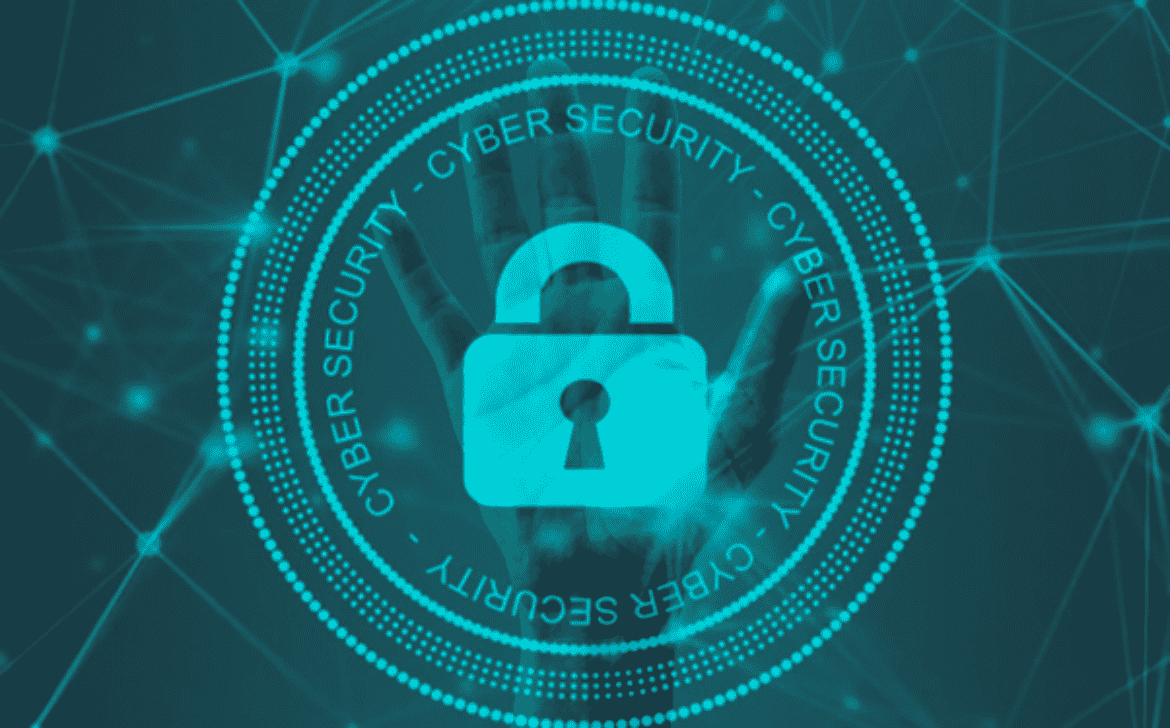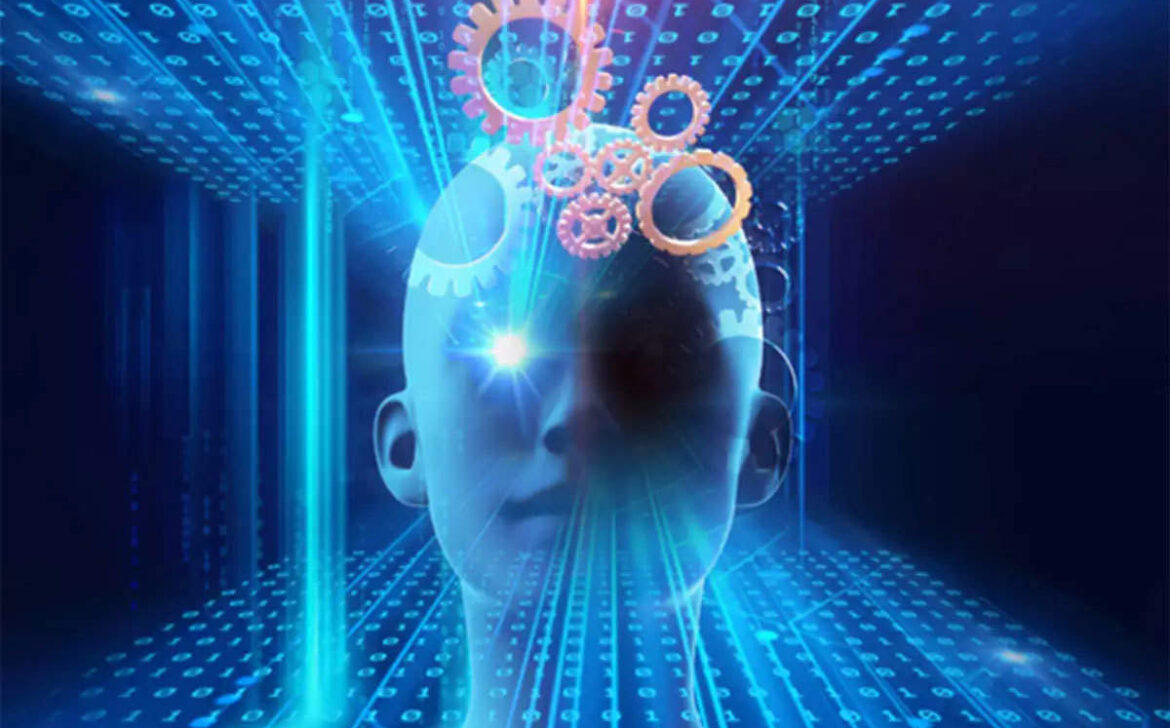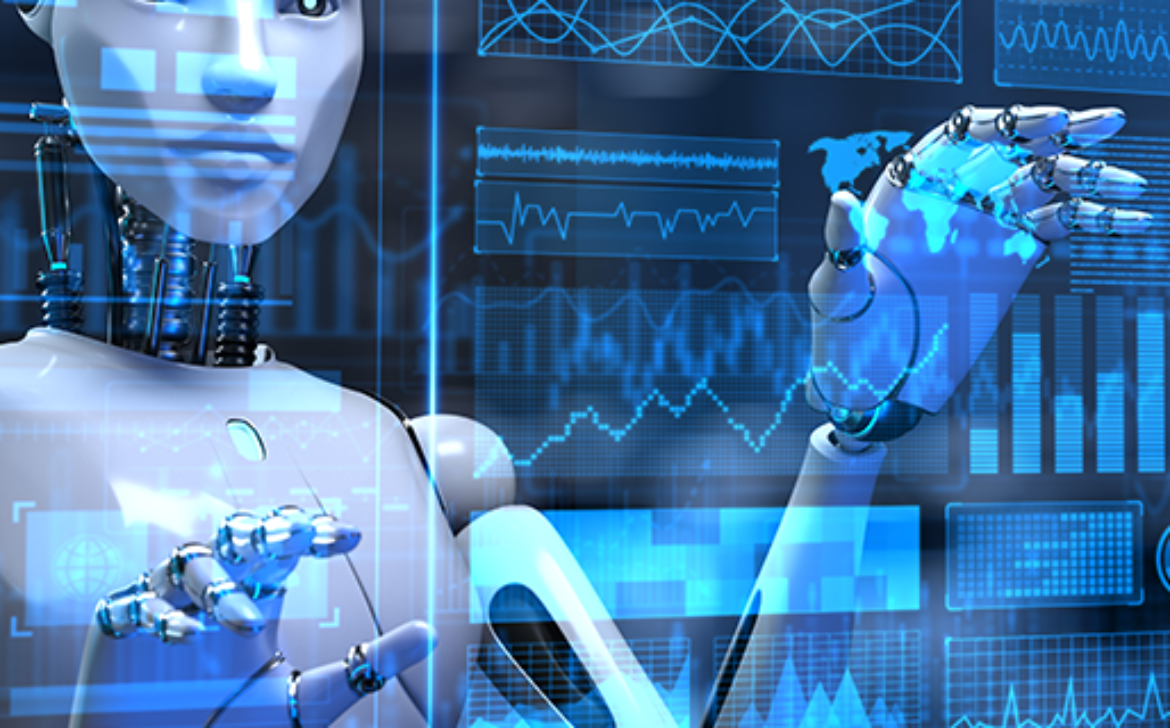EdTech Revolution: Empowering Learning in the Digital Age
In an era marked by technological advancements and digital innovation, education is undergoing a significant transformation. Enter EdTech, a powerful fusion of education and technology that is reshaping how we learn and teach. In this blog post, we’ll delve into the world of EdTech, exploring its evolution, benefits, and its role in shaping the future of education.
Understanding EdTech: Where Education Meets Technology
EdTech, short for Educational Technology, refers to the integration of technology into teaching and learning processes to enhance educational outcomes. It encompasses a wide range of tools, software, and platforms designed to engage learners, facilitate personalized instruction, and bridge gaps in traditional education.
The Evolution of EdTech
EdTech is not a recent phenomenon. It has been gradually evolving over decades, adapting to the changing needs of students and educators. From early experiments with computers in classrooms to today’s sophisticated online learning platforms, EdTech has come a long way.
Benefits of EdTech in Education
The rise of EdTech has brought forth a multitude of benefits for both educators and learners:
- Personalized Learning: EdTech tools allow for customized learning experiences, catering to individual learning styles and paces.
- Accessibility: Online learning platforms make education accessible to a global audience, breaking down geographical barriers.
- Engagement: Interactive and multimedia-rich content captures students’ attention, making learning more engaging and effective.
- Data-Driven Insights: EdTech solutions provide educators with data on student performance, helping them tailor their teaching methods for better results.
- Flexibility: Asynchronous learning options offered by EdTech platforms enable students to learn at their own convenience, accommodating busy schedules.
- Collaboration: Virtual classrooms and collaborative tools foster communication and teamwork among students, irrespective of physical distance.
EdTech in Various Contexts
- K-12 Education: EdTech tools are enhancing traditional classroom experiences by offering interactive lessons, digital textbooks, and gamified learning activities.
- Higher Education: Universities and colleges are embracing online learning platforms for course delivery, making education more accessible to a diverse range of students.
- Corporate Training: EdTech is also making waves in corporate settings, where e-learning platforms offer employees opportunities for continuous skill development.
- Professional Development: Educators themselves benefit from EdTech resources that provide training and support to improve teaching methods.
Challenges and Concerns
As with any transformative technology, EdTech comes with its set of challenges:
- Digital Divide: Unequal access to technology and the internet can exacerbate educational inequalities.
- Data Privacy: Protecting student data and ensuring privacy in online learning environments is a growing concern.
- Quality Assurance: Not all EdTech solutions are created equal. Ensuring the quality and effectiveness of digital resources is crucial.
Future Directions: The Continued EdTech Revolution
The future of EdTech is promising, with several trends and innovations on the horizon:
- AI-Powered Learning: Artificial Intelligence will personalize learning pathways, analyze student progress, and offer real-time assistance.
- Immersive Technologies: Virtual Reality (VR) and Augmented Reality (AR) will create immersive educational experiences that enhance understanding.
- Blockchain Credentials: Blockchain technology might revolutionize credential verification, making degrees and certifications more secure and easily verifiable.
Conclusion:
EdTech is a powerful tool that can be used to personalize learning. By using these and other EdTech tools, we can help students learn more effectively and efficiently.


















